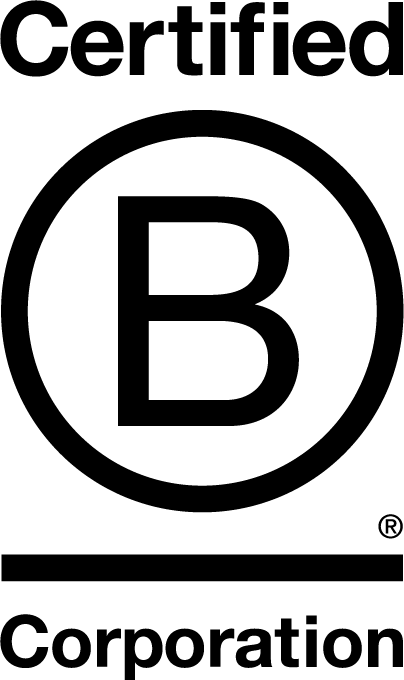
Sustainability
Work in progress

The urgency and demand for a sustainable (and even regenerative) future is growing. That’s why we help clients with sustainability challenges and work on developing methods to structurally integrate sustainability into projects. In parallel, we are taking steps to make our own organization more sustainable, using frameworks such as B Corp, the CO2 Prestatieladder, and the application of the CSRD.
At the same time, we often ask ourselves what truly defines sustainability, what we can do personally, where we can make a difference, and how we can improve. One thing is certain: sustainability is a ‘work in progress.’ Significant changes are needed, and we have not yet reached our goals. Our standards are high, and our objectives are ambitious. Every day, we work towards improvement and make more conscious decisions.
Sutainability in..
Systems Thinking
Sustainability projects are often complex, requiring a well-structured approach to ensure successful integration. At Dutch Boosting Group, we leverage systems thinking, rooted in the principles of Systems Engineering, to tackle these challenges effectively. This approach allows us to address the intricacies of sustainability within large-scale projects by viewing them as interconnected systems.
Our consultants bring a critical, holistic perspective, asking the
right questions and organizing information to create clarity. With our
systems-based approach, we quickly identify risks and opportunities,
always keeping the Earth as a key stakeholder in every decision.
Our projects
Our focus on sustainability is reflected in our involvement in numerous impactful initiatives. From eco-friendly dike reinforcement and major trainstation renovations to collaborating with TenneT on one of the largest energy transition initiatives worldwide, sustainability guides our every step.
Our Sustainability Hub, along with our sustainability advisors, helps
organizations develop and implement practical sustainability policies.
By partnering with water authorities, provinces and municipalities, we
contribute to building a resilient, future-ready living environment.
Training and methods
To ensure sustainability is deeply embedded in every project, we develop specialized training programs and methodologies. One such program is our Sustainable Systems Thinking training, where we guide clients on adopting an integrated approach to sustainability—offered in exchange for tree donations to further our environmental impact.
Additionally, we are creating Sustainable Systems Engineering, a
method which incorporates sustainability as a core element throughout
the project lifecycle, ensuring lasting, tangible results.
Sustainability at Dutch Boosting Group
Lastly, there are the future-proof measures we implement internally, to ‘practice what we preach.’ We are making good progress here as well, but there is still a long way to go. Our vehicle fleet is electric, our lunches are vegetarian (preferably vegan), and we celebrated our ten-year anniversary with a regenerative festival. We are currently on stage 3 (of a maximum of 5) of the CO2 Prestatieladder and are B Corp certified* (with a score of 109.9). We are also working on implementing the CSRD (Corporate Sustainability Reporting Directive). We learn, make mistakes, and continuously improve—and we are proud of that!
*(B Corp, or Benefits Corporation, is a certification for sustainability, ethics, and transparency.)

For more info, reach out to
Sies Overbeek

Tom de Waal

Derk Voorintholt


